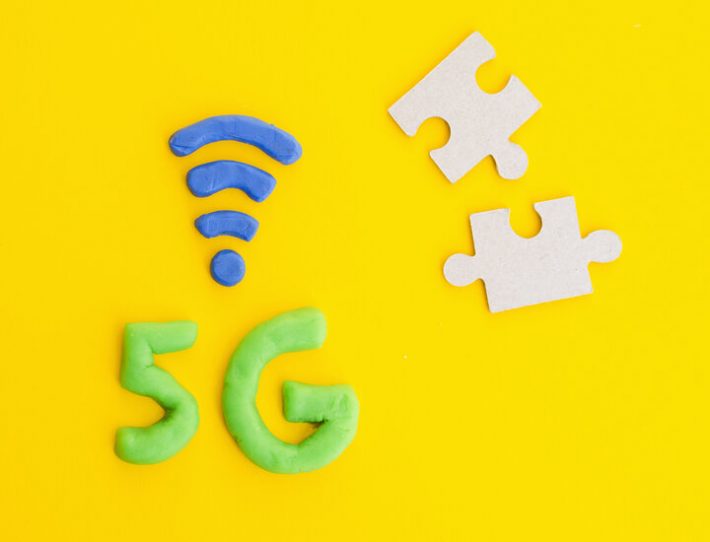SysMech’s Mark Slinger discusses the pressures of achieving 100% coverage in the UK mobile networks market, and how operators are tackling this with some innovative thinking.
In the UK, mobile network operators are consistently under pressure to expand their coverage to achieve as close as possible to 100%. This is especially so since the ‘big four’ signed a binding agreement with the government in 2014, aiming to achieve geographical coverage of 90% by 2017.
But what does 100% coverage actually mean?
When it comes to achieving 100% coverage, firstly we need to look at what this actually means. Geographical coverage is usually what first comes to mind, however for operators, population coverage is often a more appropriate metric; it allows them to focus on managing the wider customer experience and to prioritise issues based on maximal user impact.
It is also important to consider the reach of different technologies; technology rollout cycles have meant that typically 2G has greater coverage than 3G, and 3G greater than 4G.
What are the challenges to achieving 100%?
Whether measured by geography or population, achieving 100% coverage is a tall order. Filling network ‘blackspots’ can be caused by a number of different issues; such as your proximity to the phone mast. For highly remote regions, the cost of expanding the network often outweighs the return, and only benefits a small number of people.
Your environment also affects coverage, especially so in offices and older buildings with thick walls, often impenetrable by radio wave. In addition your phone also plays its own part, some phones are just better at receiving the mobile signal than others.

Product at Systems Mechanics
Getting Creative to tackle the problem
When it comes to expanding the network, operators are now thinking creatively, making use of big data tools to help determine the best optimisation strategies for coverage improvement. By correlating network performance data with customer issues, operators can build a 360-degree view of each customer’s experience. For example, there may be one customer in a remote location experiencing problems in their home.
By correlating this customer’s location with network performance information, operators can identify if it is due to poor network reach, interference, an over-shooting cell, or in fact just one impenetrable building. This level of insight means that operators can intelligently optimise the network and focus expanding coverage in those areas with the highest affected number of people.
Operators are rolling out a multitude of solutions to address these problems, from targeted femto cell deployments to new services such as Voice over WiFi. We have recently worked with a tier one operator to support the successful rollout and day-to-day management of performance for a small cell overlay network, with over 150 thousand Femto-cells. This unsurprisingly added management complexity with an extra 2.4 million performance data files produced every hour. Despite this data complexity, the operator is now successfully using this technology to increase coverage whilst retaining customers in rural areas and dead spots.
The 100% network coverage conundrum is clearly a tough one to tackle, but by using real-time intelligent insights from their data, operators are now finding new ways of improving coverage, without breaking the bank.






